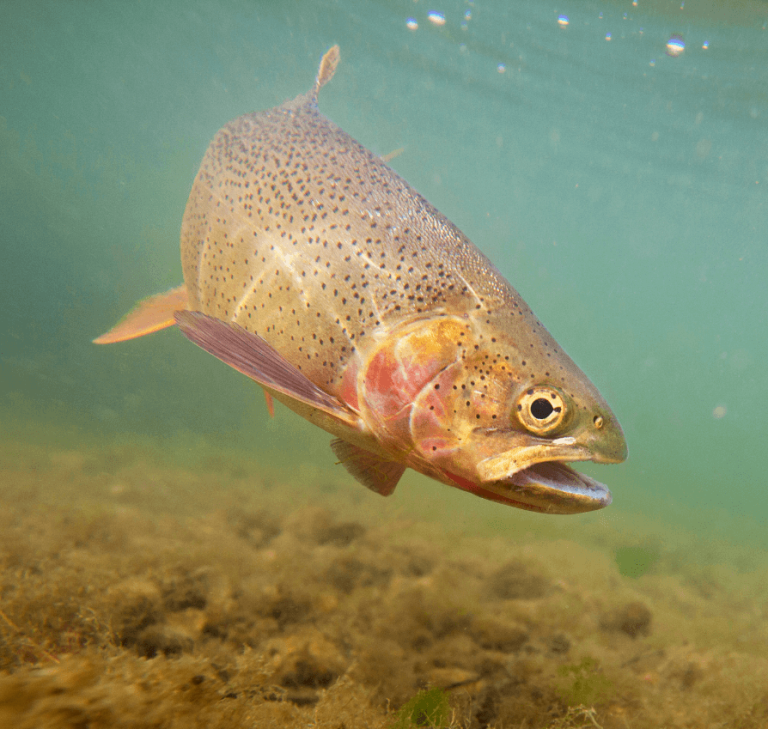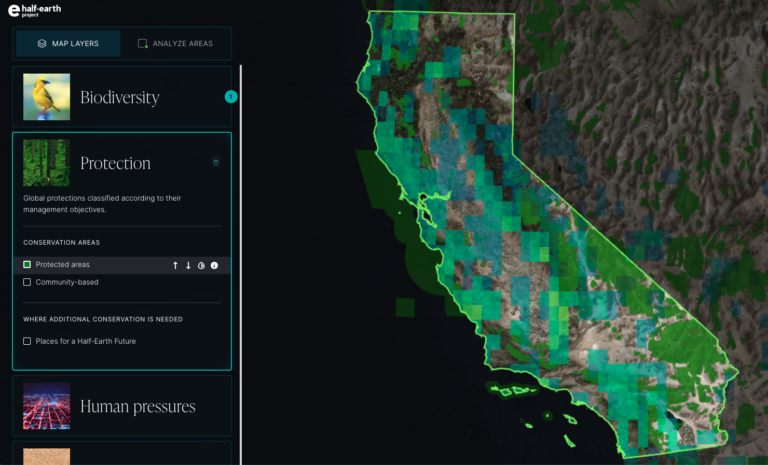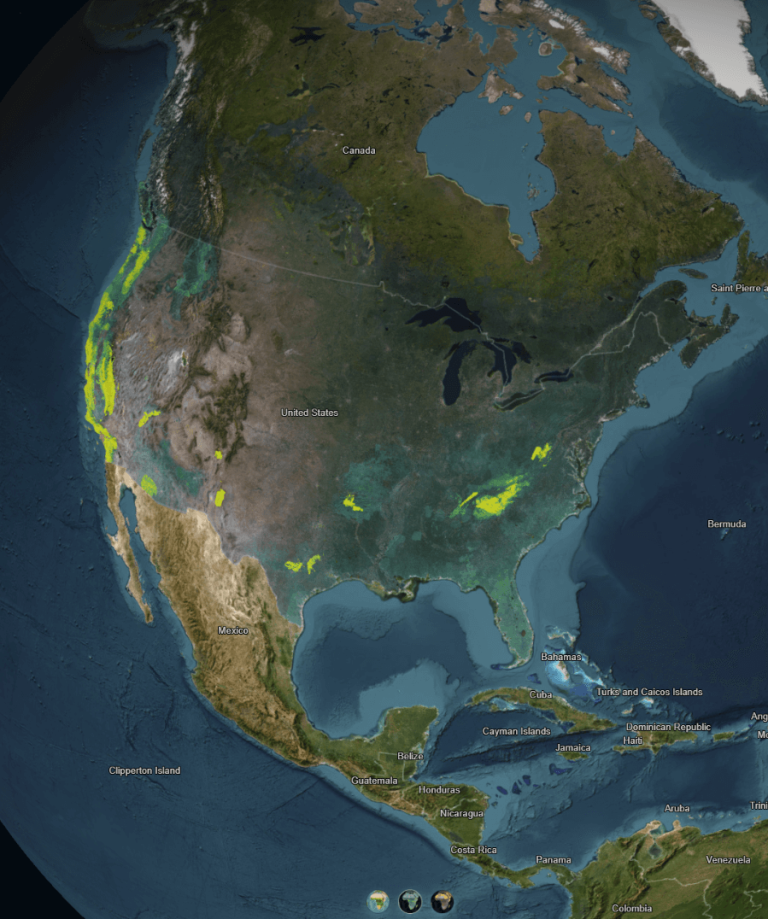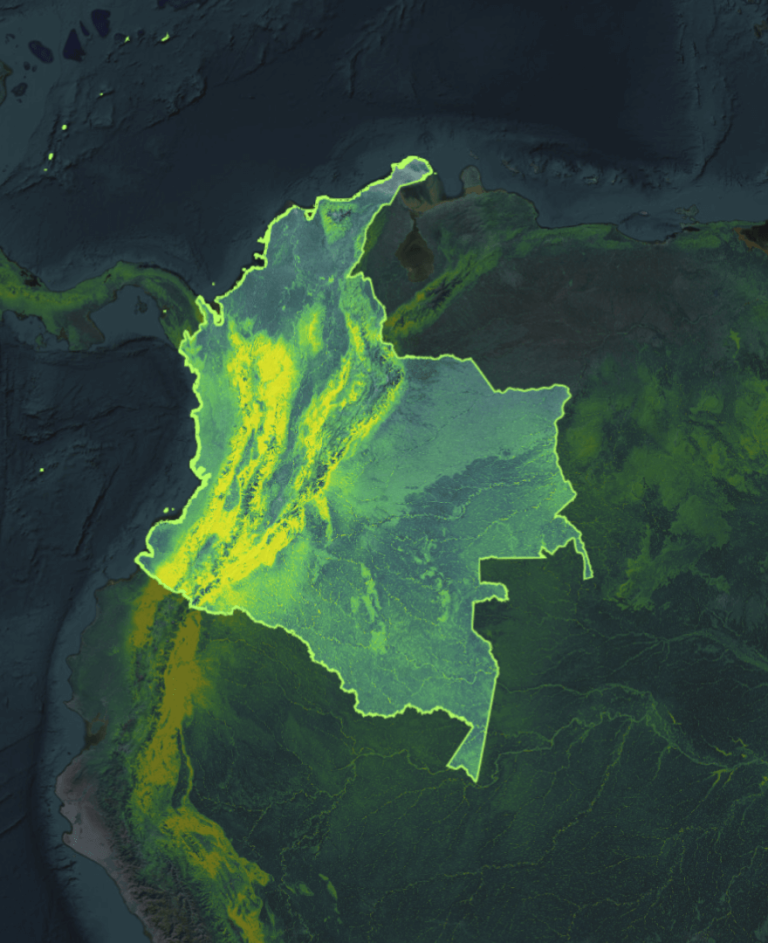Listening to the Ocean: Soundscapes of Coral Reefs
Overview
The marine soundscape provides biodiversity and population data to help determine the overall health of an ecosystem. This lesson explores acoustic data to assess coral reefs’ dynamics, functioning, and resilience. Students will construct explanations and make predictions using authentic bioacoustics samples. Resources include standards-aligned lesson plans, interactive and printable student pages, slide deck presentations, and audio files.
50-300 mins.
Entire lesson sequence requires approximately 6 (50-minute) class periods. Individual 50 minute activities can be taught in isolation.
Subjects
Biology, Environmental Science, Aquatic Science
You will need:
Printed Paper maps
Digital map files
Online half-earth map
Listening to the Ocean: Soundscapes of Coral Reefs
Learning Objectives
- Students will distinguish between biotic sounds, which tend to have greater complexity of sounds with greater variation in frequency and pitch when compared to abiotic and anthropogenic sounds, which tend to be characterized by uniformity of sound.
- Students will recognize that sound plays a greater role in ocean life due to the lack of light penetration beyond 200 meters from the ocean surface (only 5% of the ocean is within the visibility range)
- Students will interpret bioacoustic data and identify and describe the numbers and types of organisms represented in samples.
- Students will obtain evidence from bioacoustic data samples to identify changes in biodiversity and population levels.
Key Terms + Conditions
- Abiotic
- Amplitude
- Anthrophony
- Anthropogenic
- Bioacoustics
- Biophony
- Biotic
- Frequency
- Geophony
- Keystone species
- Pitch
- Soundscape
- Spectrogram
Lesson Resources
- Teacher Lesson Plan
- Lesson 1 Teacher Presentation
- Lesson 2 Teacher Presentation
- Lesson 3 Teacher Presentation
- Lesson 4 Teacher Presentation
- Lesson 5-6 Teacher Presentation
- PDF Teacher Presentation – All Lessons
Sound Files
- Band performance
- City ambiance
- Band practice
- Heartbeat
- Reef A
- Reef B
- Bison
- Dolphin
- Snake
- Lion
- Mystery Sound A
- Mystery Sound B
- Mystery Sound C
- Mystery Sound D
Online Lesson Resources
- Half-Earth Project Map
- Rainfall Spectrogram
- North Atlantic Right Whale Spectrogram
- SURTASS LFA Sonar Spectrogram
- Sea Urchin Spectrogram
- Common Dolphin Spectrogram
- Airgun Spectrogram
- Stoplight Parrotfish Spectrogram
- Earthquake Spectrogram
- Dredging Spectrogram
- Lightning Spectrogram
- Monitoring the Great Barrier Reef with Sound
- Restoration Video
Student Files – Interactive
- Lesson 1 Interactive PDF
- Lesson 2 Interactive PDF
- Lesson 3 Interactive PDF
- Lesson 4 Interactive PDF
- Lesson 5 Interactive PDF
- Lesson 6 Interactive PDF Reflection
- Lesson 7 Interactive PDF Assessment
Student Files – Printable
Top tips for Instructors
You will need:
- Student Documents
- Audio files
- Slide presentation
- Internet access
- Individual electronic devices
- Speakers
- Student headphones
Scientific Phenomenon Experienced: Bioacoustic Monitoring
- Overarching Question: How can sound be useful in conserving the biodiversity in coral reef ecosystems?
- This lesson bundle is designed to be student- or teacher-led, allowing teachers to adjust support to meet the needs of all students. The interactive lessons enable screen reader and spell check and include clickable sound buttons. The sounds are also embedded in the teacher slides for whole class instruction, allowing printed documents to be used.
- The lessons are designed to build understanding but can be taught in isolation if the teacher provides additional context. Teachers are encouraged to read through the students’ documents and the slide deck before conducting the lesson, ensuring that all links are live. Speaker notes have been provided on the slide deck to assist when conducting whole-group instruction.
NGSS Aligned Three-Dimensional Lesson
Performance Expectation:
- HS-LS2-6 Evaluate the claims, evidence, and reasoning that the complex interactions in ecosystems maintain relatively consistent numbers and types of organisms in stable conditions, but changing conditions may result in a new ecosystem.
- HS-LS4-5 Evaluate the evidence supporting claims that changes in environmental conditions may result in: (1) increases in the number of individuals of some species,(2) the emergence of new species over time, and (3) the extinction of other species.
DCIs:
- LS2.A: Interdependent Relationships in Ecosystems: Ecosystems have carrying capacities, which are limits to the numbers of organisms and populations they can support.
- LS2.C: Ecosystem Dynamics, Functioning, and Resilience A complex set of interactions within an ecosystem can keep its numbers and types of organisms relatively constant over long periods of time under stable conditions.
- LS4.C Changes in the physical environment, whether naturally occurring or human induced, have thus contributed to the expansion of some species, the emergence of new distinct species as populations diverge under different conditions, and the decline — and sometimes the extinction — of some species.
Scientific Practices
- Asking Questions
- Developing and Using Models
- Analyzing and Interpreting Data
- Using Mathematics and Computational Thinking
- Constructing Explanations
- Engaging in Argument from Evidence
- Obtaining, Evaluating, and Communicating Information
Crosscutting Concepts
- Patterns
- Cause and Effect
- Stability and Change
- Scale, Proportion, and Quantity
- Energy and Matter: Flows, cycles, and conservation
- Structure and Function
- Stability and Change
State Science Standards:
NC (Other States Coming Soon)







